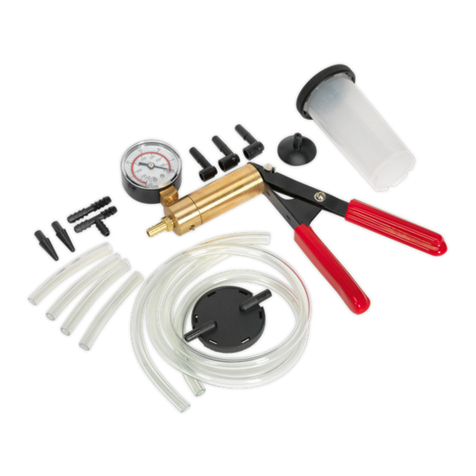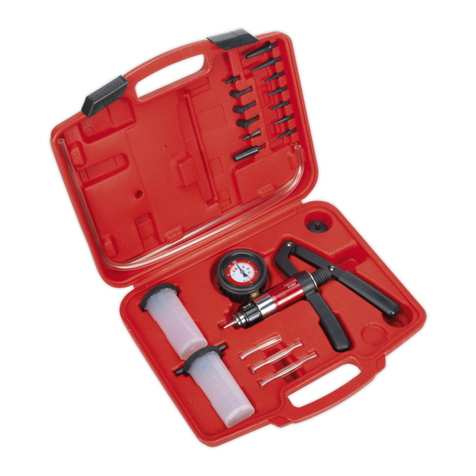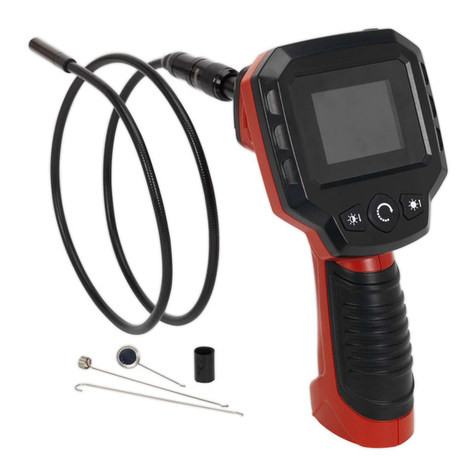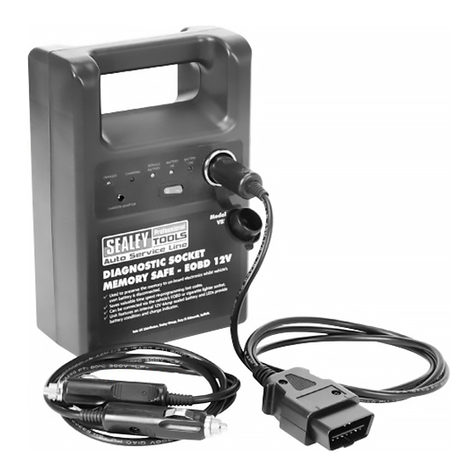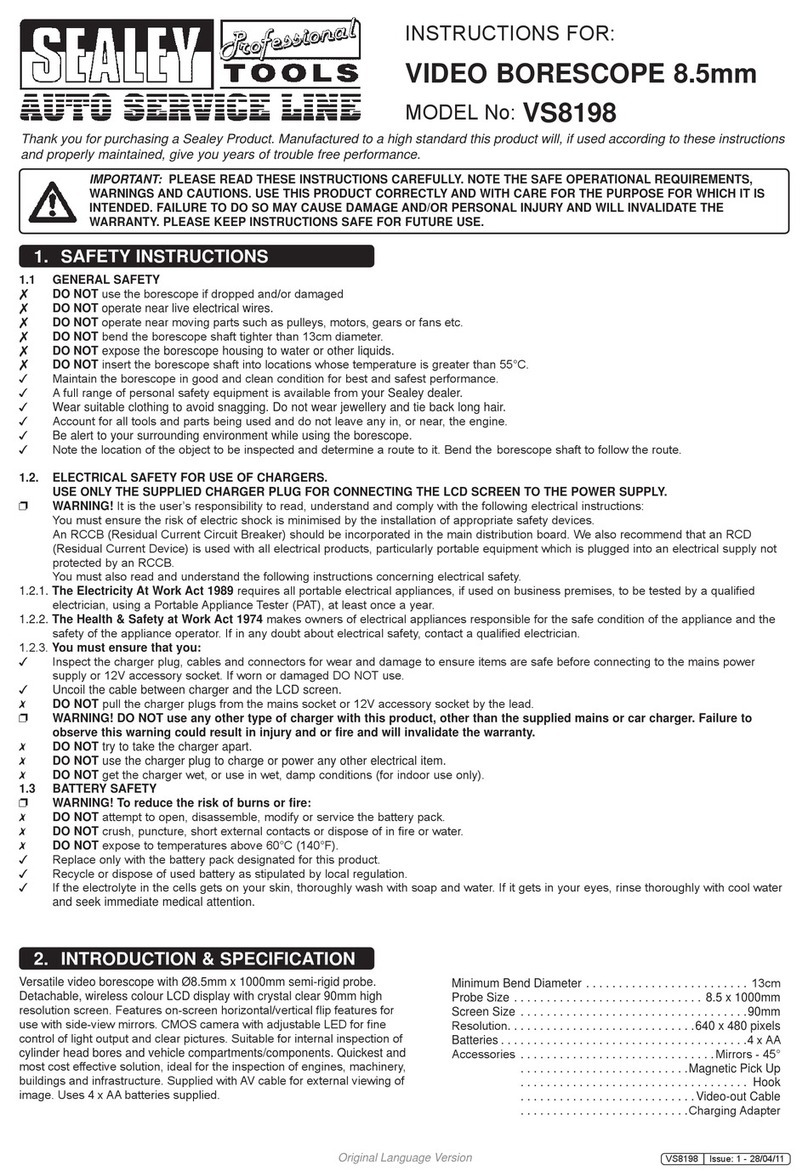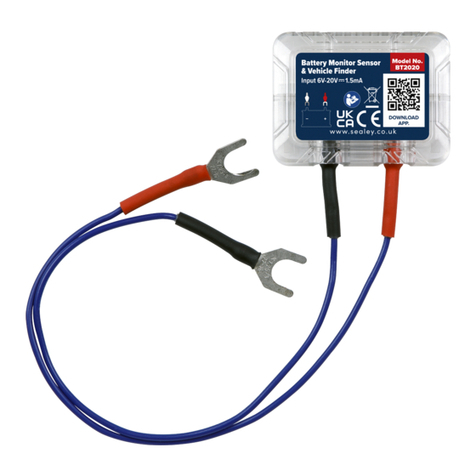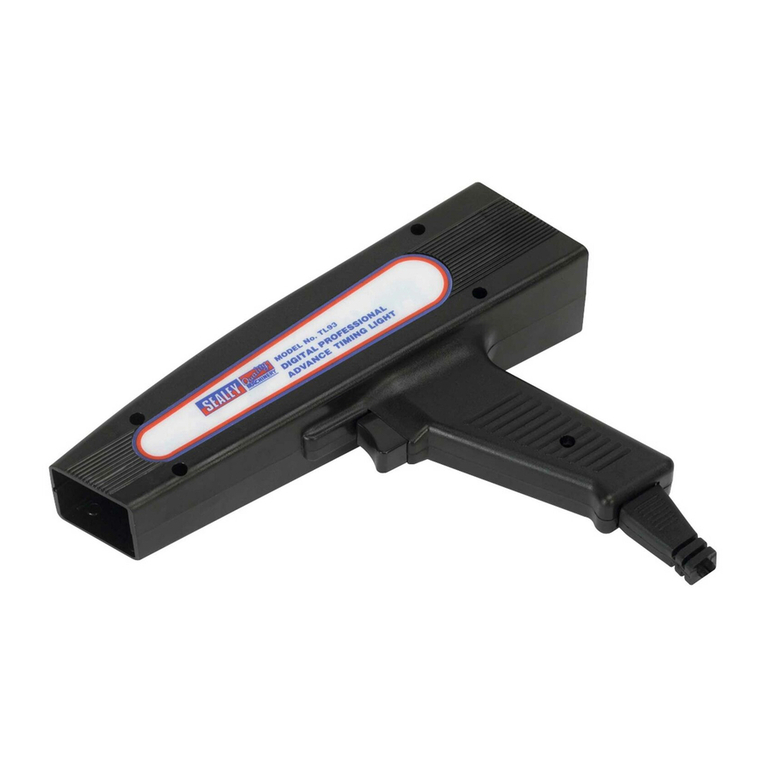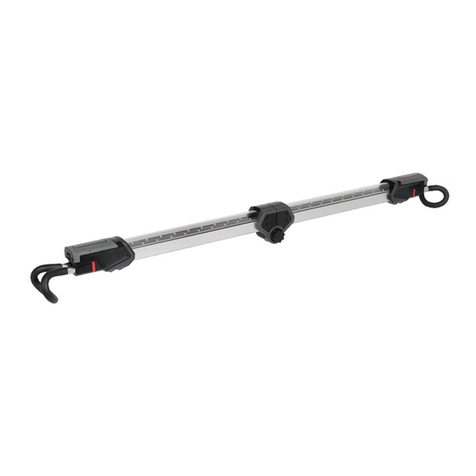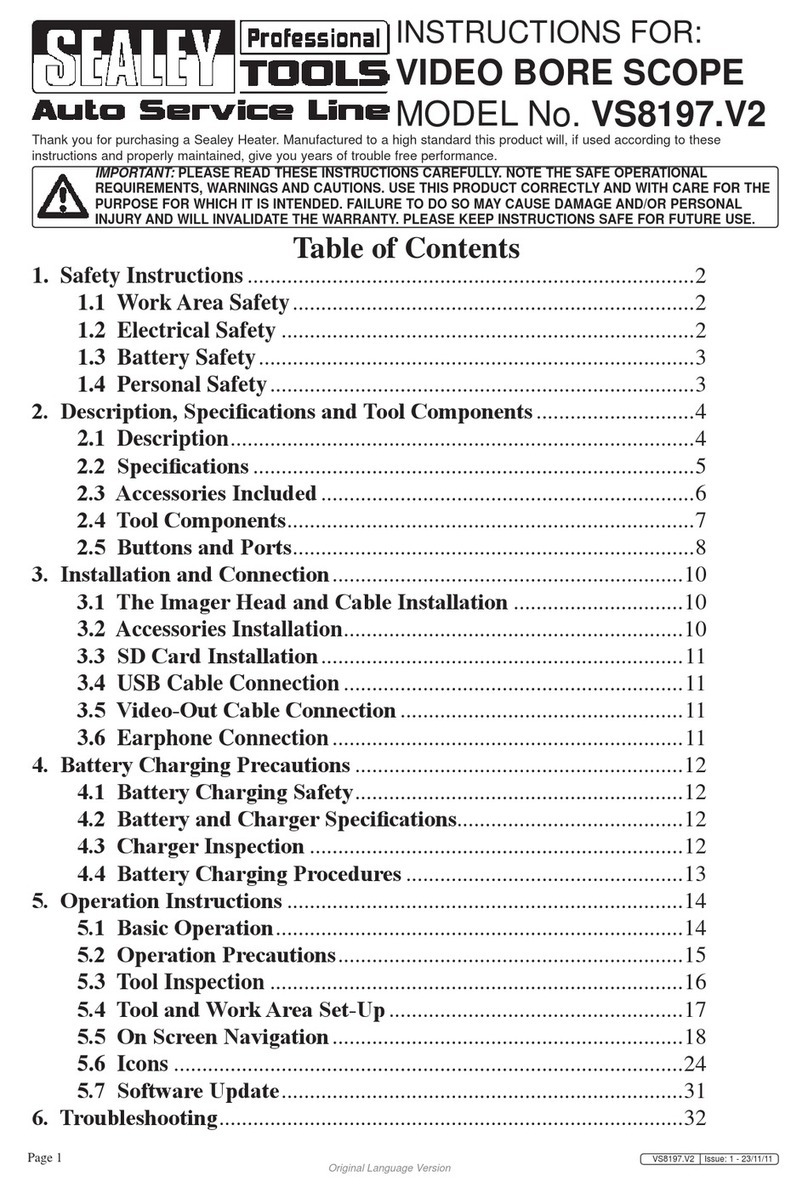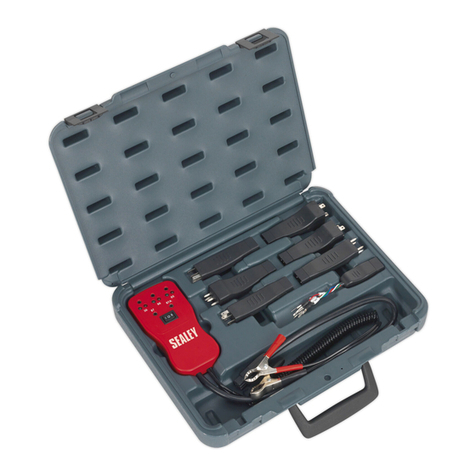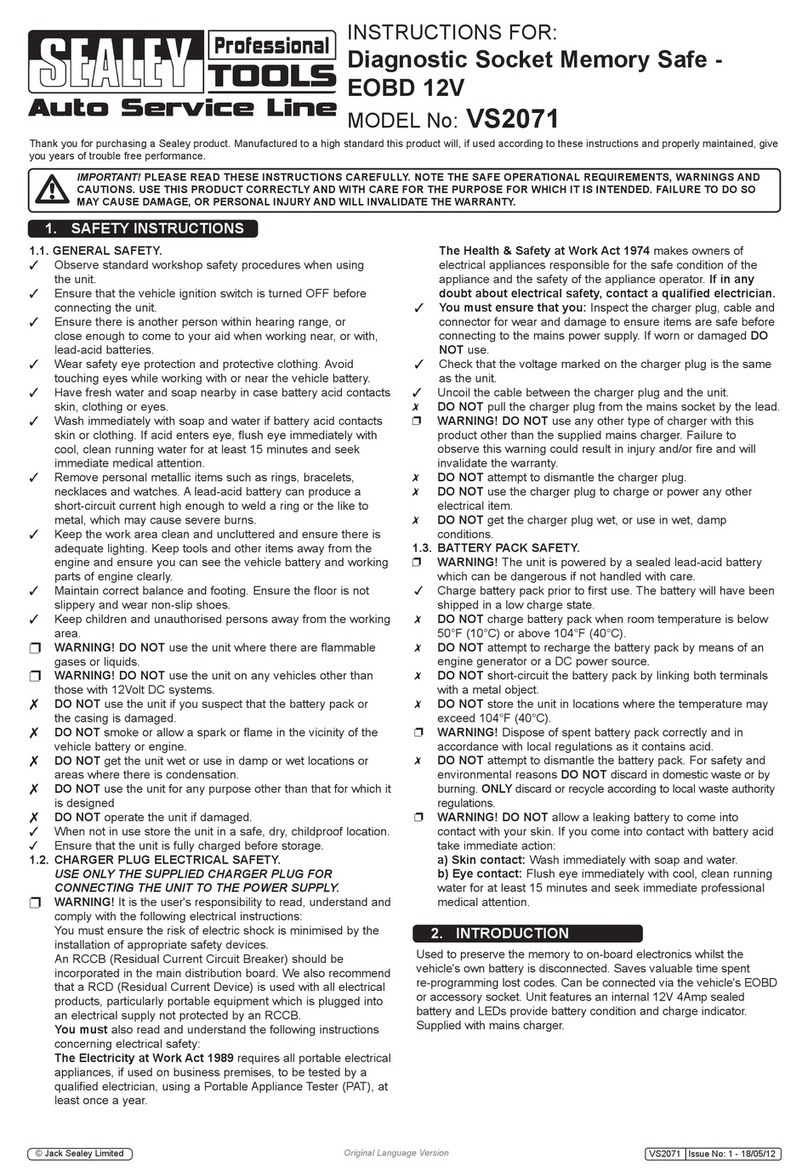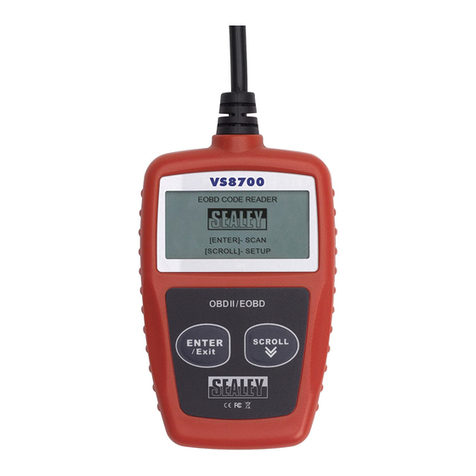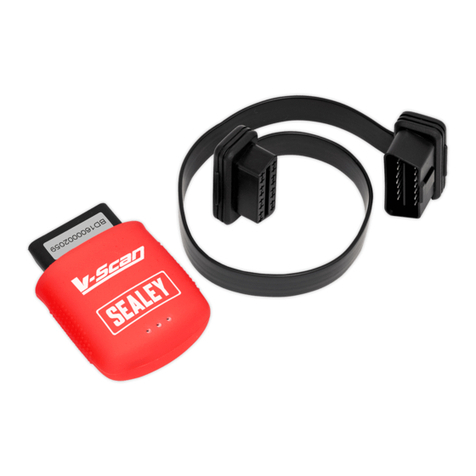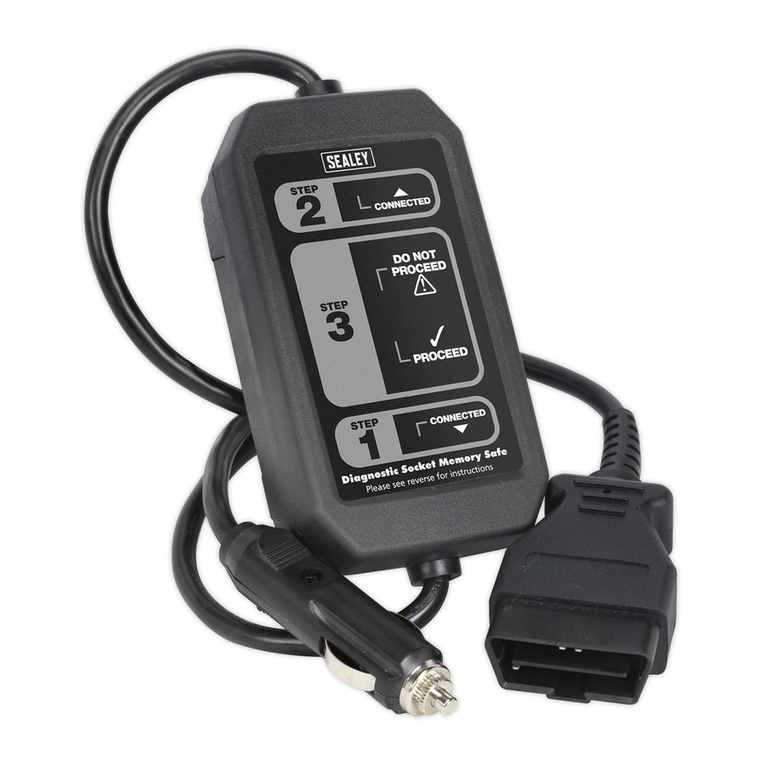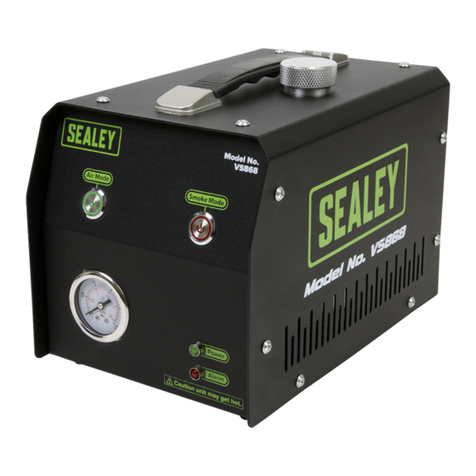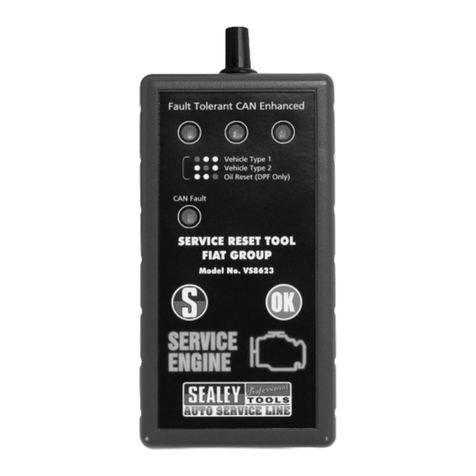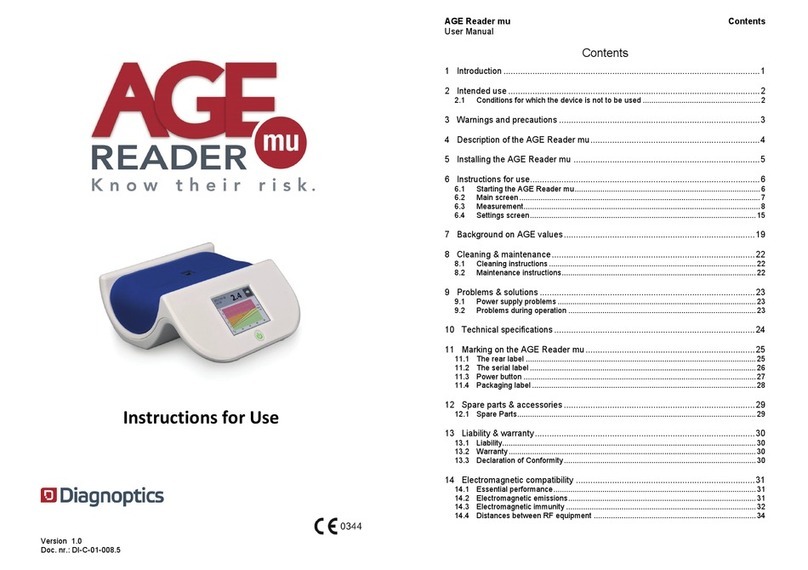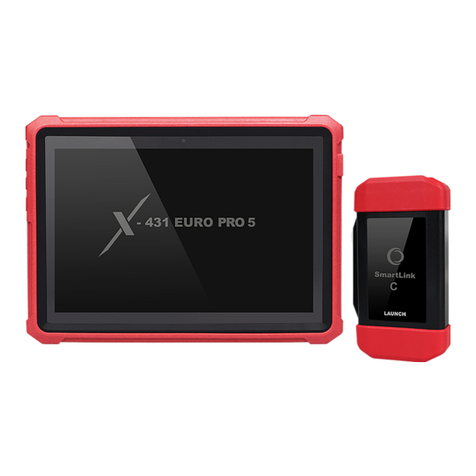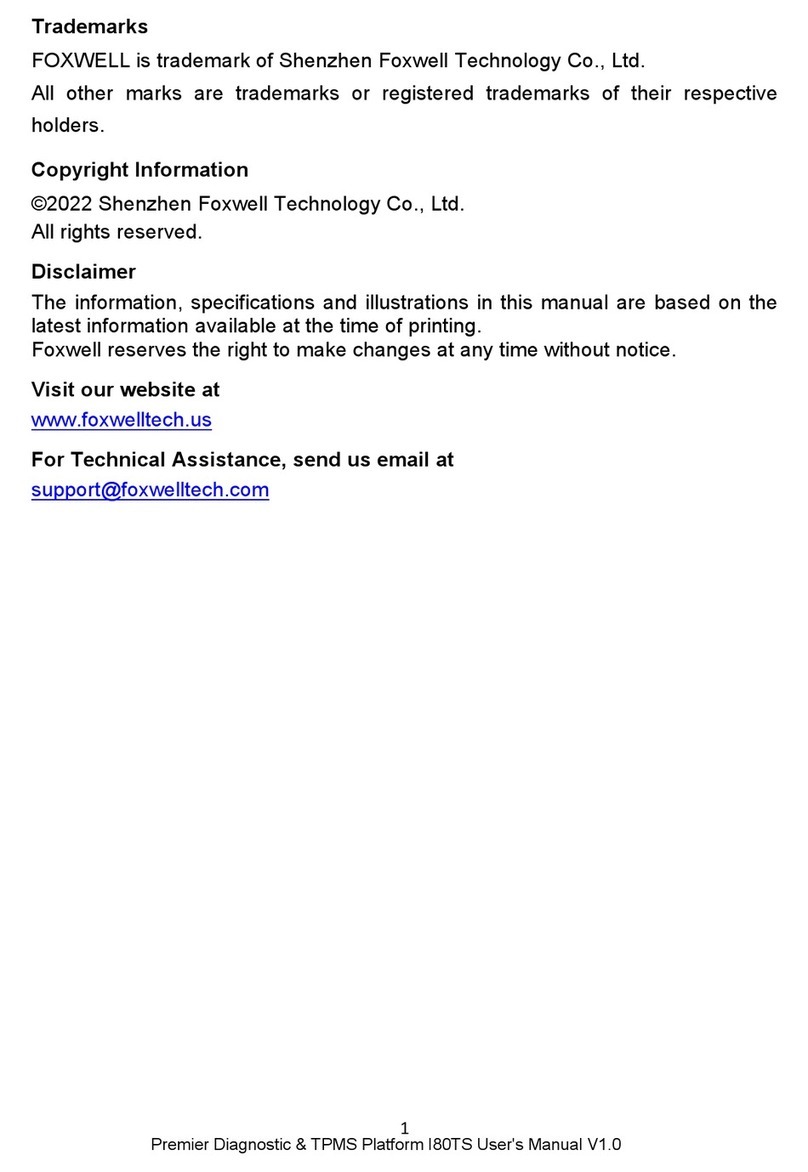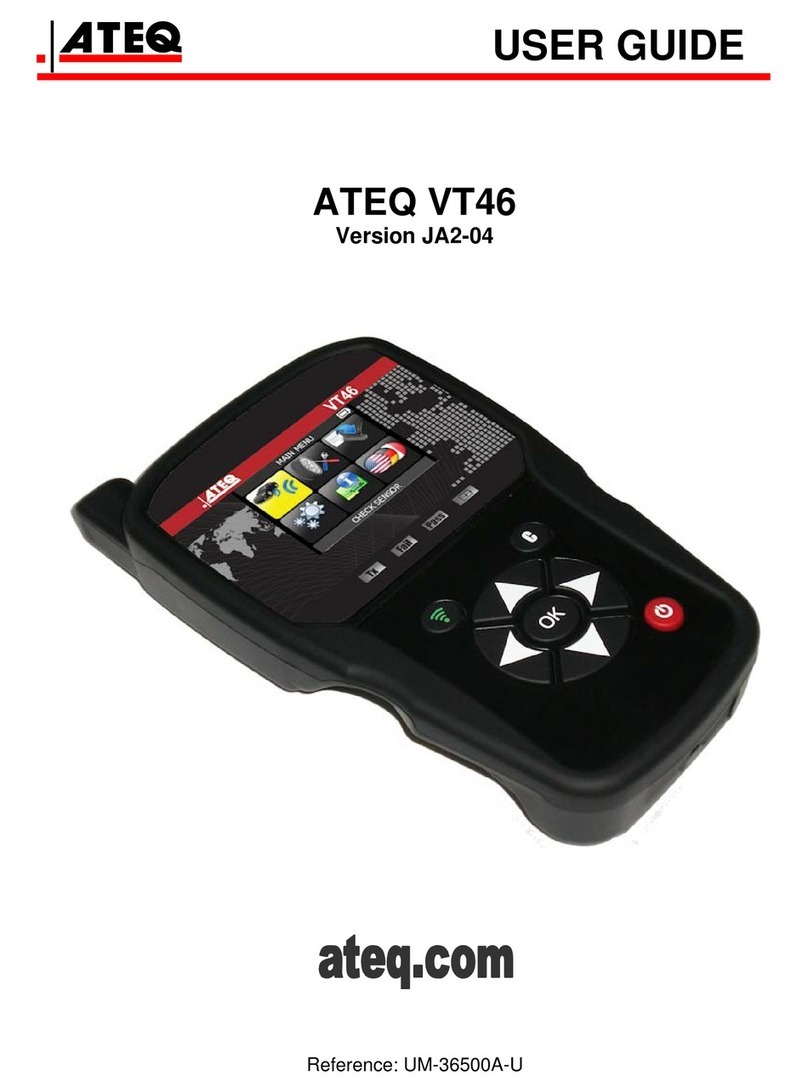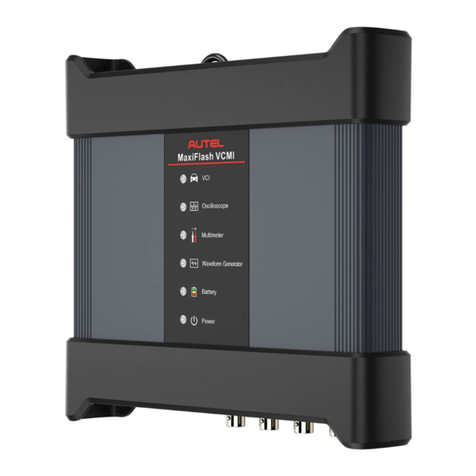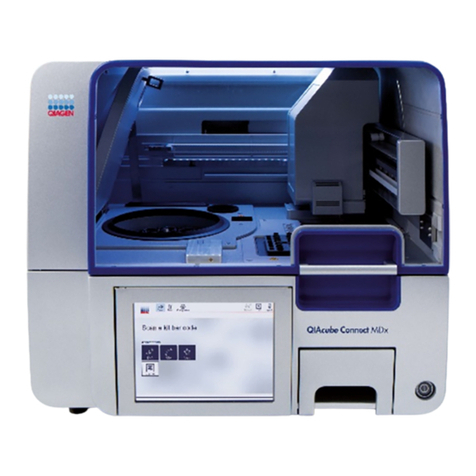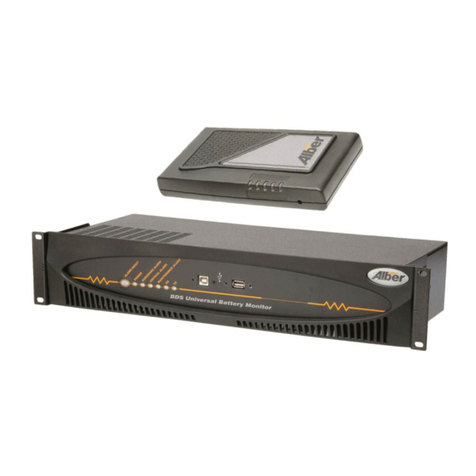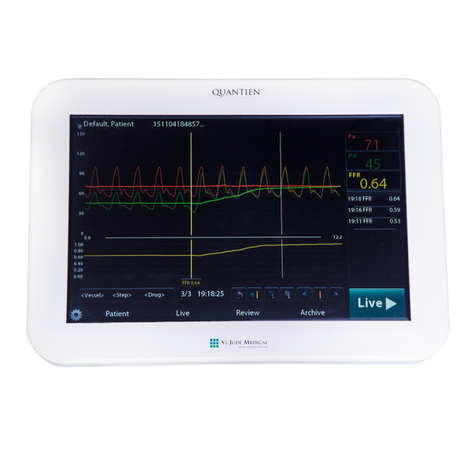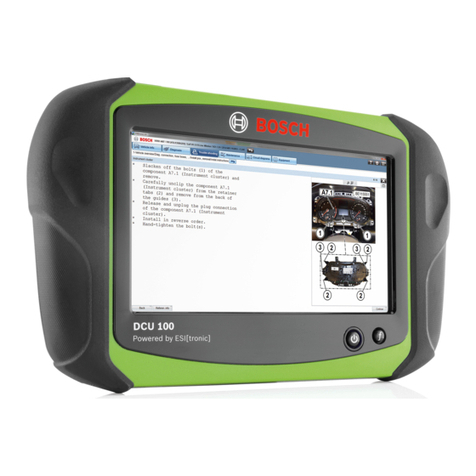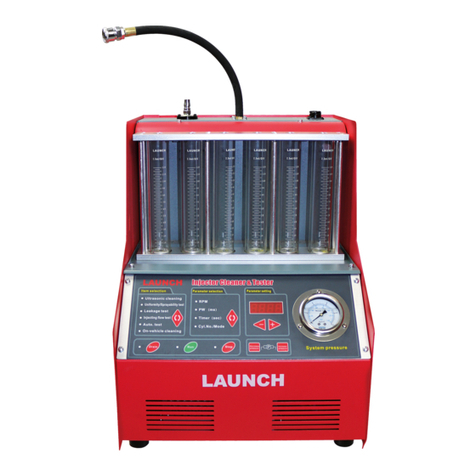
1.1. PERSONAL PRECAUTIONS
Ensure that there is another person within hearing range and close enough to come to your aid, should a problem
arise when working near a lead-acid battery.
Wear safety eye protection and protective clothing. Avoid touching eyes while working near battery.
Have fresh water and soap nearby in case battery acid contacts skin, clothing, or eyes.
Wash immediately with soap and water if battery acid contacts skin or clothing. If acid enters eye, flush eye immediately with cool, clean running water for at
least 15 minutes and seek immediate medical attention.
Remove personal metallic items such as rings, bracelets, necklaces and watches. A lead-acid battery can produce a short-circuit current which is high enough
to weld such items to the vehicle and cause severe burns.
Ensure that hands, clothing (especially belts) are clear of fan blades and other moving or hot parts of engine. Remove ties and contain long hair.
DO NOT smoke or allow a spark or flame in the vicinity of the battery or engine.
1.2. GENERAL SAFETY INSTRUCTIONS
Familiarise yourself with the application, limitations and potential hazards of the tester. Also refer to the vehicle manufacturer’s hand book. IF IN ANY DOUBT
CONSULT A QUALIFIED ELECTRICIAN.
Ensure that the tester is in good condition before use. If in any doubt do not use the unit and contact a qualified electrician.
Only use recommended attachments and parts. To use unapproved items may be dangerous and will invalidate your warranty.
Keep tools and other items away from the engine and ensure that you can see the battery and working parts of engine clearly.
Determine the system voltage before using the tester.
If the tester receives a sharp knock or blow the unit must be checked by a qualified service agent before using.
If the battery terminals are corroded or dirty clean them before using the tester.
Keep children and unauthorised persons away from the work area.
DO NOT disassemble the tester for any reason. The tester must only be checked by qualified service personnel.
WARNING! To prevent the risk of sparking, short circuit and possible explosion DO NOT drop metal tools in the battery area, or allow them to touch the battery
terminals.
DO NOT cross-connect tester to battery. Ensure positive (RED) clamp is to positive terminal and negative (BLACK) clamp is to negative terminal. If battery
symbols cannot be distinguished, remember that the negative terminal is the one directly connected to the vehicle bodywork.
DO NOT use the tester outdoors, or in damp, or wet locations and DO NOT use in the vicinity of flammable liquids or gases.
Ensure there is effective ventilation to prevent a build-up of explosive gases.
DO NOT use the tester for a task for which it is not designed.
When not in use, store the tester carefully in a safe, dry, childproof location.
INSTRUCTIONS FOR: DIGITAL BATTERY AND ALTERNATOR
TESTER WITH PRINTER (12VOLT).
MODEL NO: BT2012
Thank you for purchasing a Sealey product. Manufactured to a high standard this product will, if used according to these instructions and properly maintained, give
you years of trouble free performance.
1. SAFETY INSTRUCTIONS
IMPORTANT: PLEASE READ THESE INSTRUCTIONS CAREFULLY. NOTE THE SAFE OPERATIONAL REQUIREMENTS, WARNINGS & CAUTIONS. USE THE PRODUCT
CORRECTLY AND WITH CARE FOR THE PURPOSE FOR WHICH IT IS INTENDED. FAILURE TO DO SO MAY CAUSE DAMAGE AND/OR PERSONAL INJURY AND WILL
INVALIDATE THE WARRANTY. PLEASE KEEP INSTRUCTIONS SAFE FOR FUTURE USE.
DANGER! BE AWARE, LEAD-ACID BATTERIES GENERATE EXPLOSIVE GASES DURING NORMAL BATTERY OPERATION. FOR THIS REASON, IT IS
VERY IMPORTANT TO READ AND FOLLOW THESE INSTRUCTIONS CAREFULLY, EACH TIME YOU USE THE BATTERY TESTER.
Follow these instructions and those published by the battery and vehicle manufacturers, and the maker of any equipment you intend to use in the
vicinity of the battery. Remember to review warning marks on all products and on engines.
3. OPERATION
2. INTRODUCTION & SPECIFICATION
Fast and accurate diagnosis of battery and alternator condition with the facility to print the results. A large LCD display shows charging and starting system status
and returns decision making information in seconds. Results need no interpretation and the tester will work on batteries with as little as 7.6V of residual charge.
Specification:-
WARNING! Ensure that you read, understand and apply the safety and operational instructions before applying the
tester clamps to the battery. Only when you are sure that you understand the procedures is it safe to proceed
with the testing process.
3.1. Preparation
WARNING! Ensure that the vehicle, or battery, is in a well ventilated area before starting to test.
3.1.1. Check battery casing for cracks or leakage. If damage is found DO NOT test and replace battery.
3.1.2. Clean battery terminals.
3.1.3. If possible, check electrolyte levels and top-up with distilled water as necessary.
3.1.4. When testing on the vehicle, unless otherwise specified, tests are carried out with all electrical items switched off. Leaving any items on (boot light,
interior light, etc.) can result in expensive mis-diagnosis. If the vehicle was running prior to testing, turn on the headlights for 30 seconds to
remove surface charge. Switch off the lights, let the battery recover for 60 seconds before testing.
3.1.5. Confirm that the 4 x "AA" batteries (not supplied) are correctly fitted in the compartment in the rear of the tester. These batteries power the printer and
enables storage of test data after test and disconnection. DO NOT operate the printer without the print paper loaded and ready for printing.
3.2 Selecting the rating system
3.2.1 Connect the red crocodile clip to the positive (+) battery terminal and the black crocodile clip to the negative (-) terminal. For the best contact, rotate
clips back and forth.
3.2.2 The battery rating system displays the last selected for 3 seconds, and then the default rating. If the rating system is, as required, go to step 3.3.3 of the
"Battery Test" paragraphs. If not, disconnect both clamps and reconnect the black clip to the negative (-) terminal.
3.2.3 Press and hold the TEST button.
3.2.4 Reconnect the positive red clip to the positive (+) terminal.
3.2.5 After the display shows the letters of the rating system, "SAE" for example, release the test button.
Rated Battery Voltage ..........................12V
Rated Systems .................... DIN,EN,IEC,SAE
Test Range ...................... 100-800 CCA*DIN
Test Range ......................100-1400 CCA*EN
Test Range .......................100-800 CCA*IEC
Test Range .....................100-1400 CCA*SAE
.......................By Battery Type JIS
*CCA .......................Cold Cranking Amps
Original Language Version BT2012 Issue: 1 - 11/12/12
Voltage Range.............................7.6-17V
Replacement Printer Rolls. . . . . . (Pack of 2)BT2003.V2-01
Batteries: .....................4 x "AA" (not included)
Operating Temperature ......... 0 to 120°F(-18 to 55°C)
Housing Material ..............................ABS
Dimensions .................266mm x 94mm x 39mm
Weight ...................................560g
© Jack Sealey Limited 2012
Print paper reel
